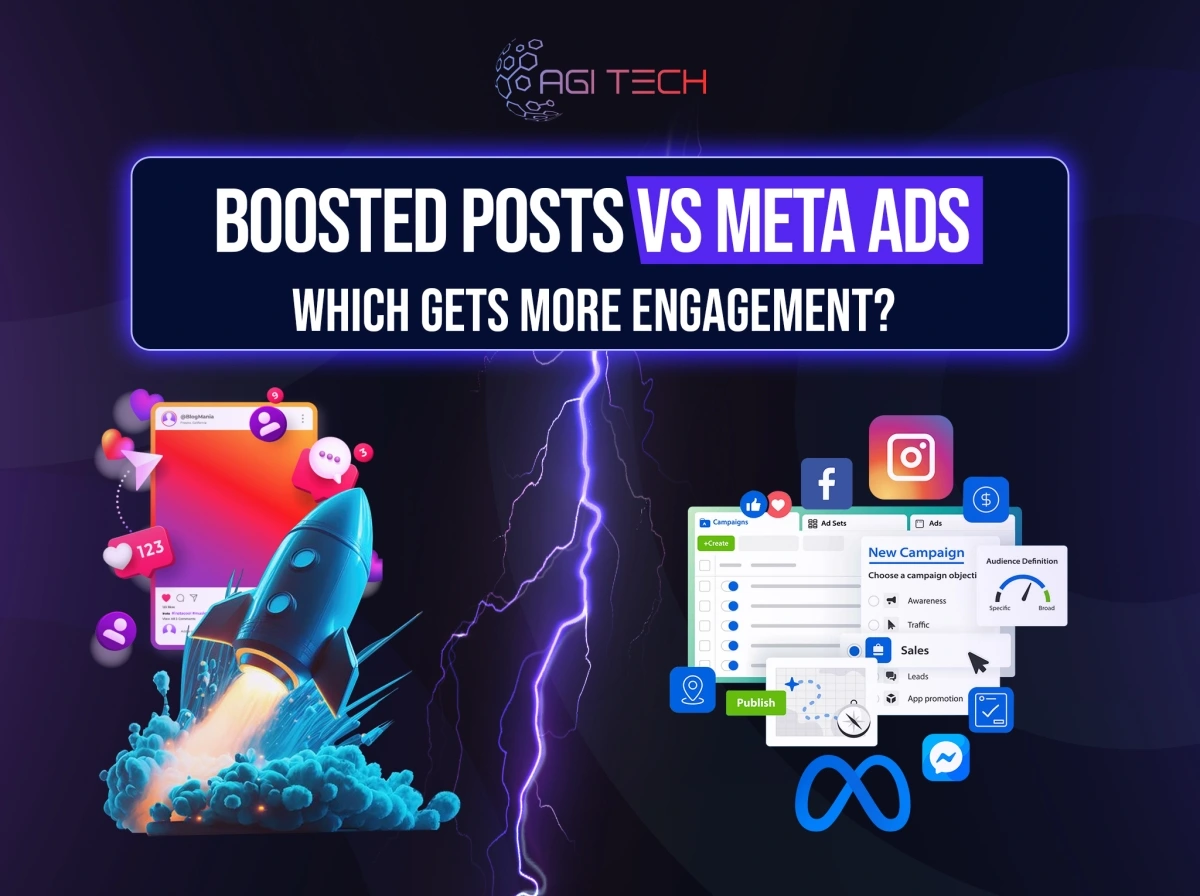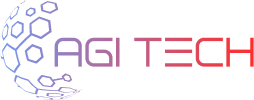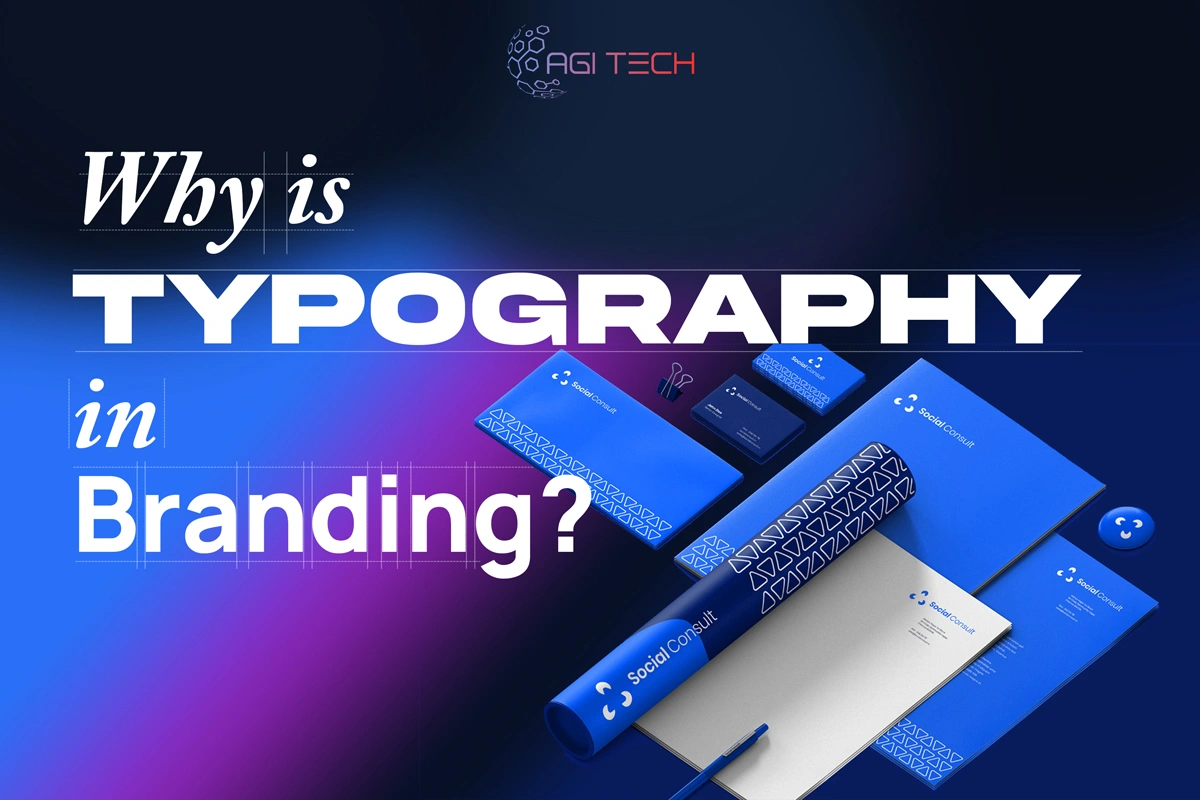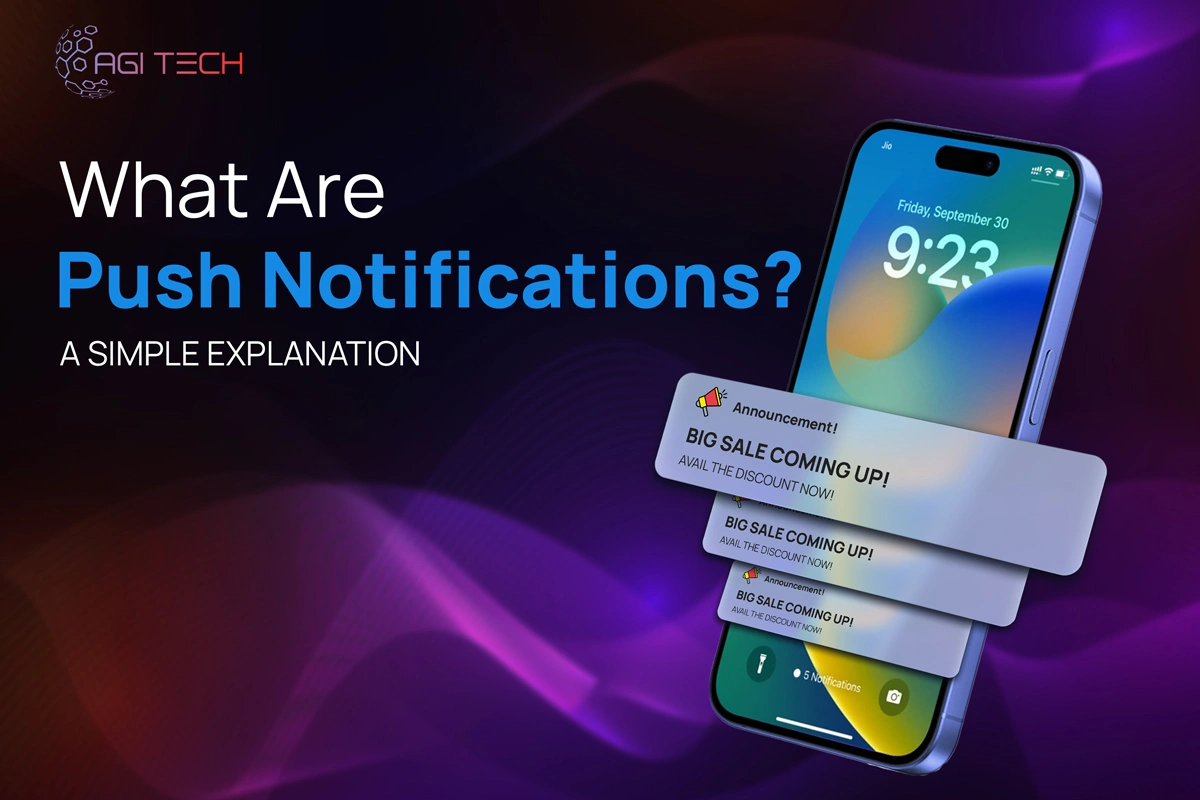Table of Contents
Boosted Posts Vs Meta Ads — Which Gets More Engagement?

Social media advertising on platforms like Facebook and Instagram offers businesses powerful tools to connect with their audiences. Two primary options Boosted Posts and Meta Ads provide distinct approaches to increasing visibility and engagement. While Boosted Posts offer a quick way to amplify existing content, Meta Ads provide advanced targeting and strategic options for specific business outcomes. We aim to clarify the differences, helping businesses choose the right tool to maximize Facebook ad engagement and achieve their marketing goals.
Key Points
- Boosted Posts are ideal for quick visibility and basic engagement (likes, shares, comments) but lack advanced targeting and analytics.
- Meta Ads offer precise targeting, diverse objectives, and detailed reporting, making them better for conversions and strategic campaigns.
- Engagement goals determine the best choice: Boosted Posts for awareness, Meta Ads for conversions.
- Combining both can create a layered strategy, with Boosted Posts testing content and Meta Ads driving specific actions.
- Data suggests Meta Ads achieve 30-50% lower cost per engagement (CPE) due to optimization tools, though Boosted Posts can be cost-effective for small budgets.
Understanding Boosted Posts
Boosted Posts involve promoting an existing post on a Facebook or Instagram business page to reach a broader audience. With a starting budget as low as $1 per day, they are accessible for businesses of all sizes. They excel at generating likes, shares, and comments, making them suitable for increasing brand visibility or promoting time-sensitive content like events. For example, a local bakery might boost a post about a weekend special, sparking community excitement and foot traffic.
Exploring Meta Ads
Meta Ads, managed through the Meta Ads Manager, allow for sophisticated campaign creation across Facebook, Instagram, Messenger, and the Meta Audience Network. They support objectives like lead generation, app installs, and sales, with advanced targeting options such as custom and lookalike audiences. This makes Meta Ads ideal for businesses aiming for measurable outcomes beyond surface-level engagement, such as driving purchases or sign-ups.
Choosing the Right Tool
The decision hinges on your goals. For quick engagement or testing content, Facebook Boosted Posts are effective and user-friendly. For driving conversions or targeting specific audiences, Meta Ads provide the necessary precision and analytics. Businesses should assess their objectives, budget, and expertise to select the most effective strategy, ensuring alignment with their paid social media strategy.
What This Debate Is Really About
Defining Boosted Posts and Meta Ads
Boosted Posts are a straightforward method to promote existing content on a business’s Facebook or Instagram page. By allocating a budget, businesses can extend a post’s reach to users beyond their followers, targeting based on basic demographics like age, gender, location, and interests. This simplicity makes Boosted Posts an entry point for businesses new to paid social media strategies, requiring minimal setup.
Meta Ads, created through the Meta Ads Manager, offer a robust platform for crafting campaigns with specific objectives, such as brand awareness, traffic, or conversions. They provide advanced targeting options, including custom audiences based on website activity or customer lists, and lookalike audiences to reach similar users. With diverse ad formats like carousels and videos, Meta Ads cater to strategic marketing needs.
Why Businesses Often Confuse the Two
The overlap in functionality both are paid promotions on Meta platforms leads to confusion. Boosted Posts are a simplified subset of Meta Ads, requiring minimal setup and no Ads Manager expertise. Businesses may assume Boosted Posts can achieve the same results as Meta Ads with less effort, overlooking the latter’s advanced capabilities for Facebook ad targeting and optimization.
How Engagement Goals Shape Your Strategy
Engagement goals vary by business objective. Boosted Posts suit goals like increasing post visibility or fostering community interaction through likes and shares. However, for outcomes like website visits, lead generation, or sales, Meta Ads are better equipped, offering optimization for specific actions and detailed performance tracking. Aligning your strategy with your goals ensures efficient use of your advertising budget, maximizing Facebook advertising ROI.
Boosted Posts: The Fast Lane to Visibility
How Boosting a Post Works
Boosting a post is a user-friendly process accessible directly from a Facebook Page or Instagram profile:
- Select the Post: Choose an existing post to promote.
- Set the Objective: Decide if the goal is engagement, website traffic, or another outcome.
- Define the Audience: Target users by location, age, gender, and interests.
- Set Budget and Duration: Allocate a budget (starting at $1/day) and choose how long the promotion runs.
- Launch the Boost: Review settings and start the campaign.
This process, applicable to both Facebook and Instagram, requires no advanced technical knowledge, making it ideal for quick promotions.
Engagement Generated by Boosted Posts
Boosted Posts primarily drive social interactions like likes, shares, and comments. These metrics are ideal for building brand awareness or fostering community engagement. For example, a small business with a modest budget can significantly increase its post’s visibility, reaching new audiences and encouraging interaction. A case study from Marketing 360 highlights how engaging content in boosted posts can increase reactions and shares, amplifying boosted post performance.
Limitations of Boosted Posts
Despite their ease, Boosted Posts have constraints:
- Targeting: Limited to basic demographics and interests, lacking custom or lookalike audience options.
- Objectives: Focused on engagement or traffic, not conversions or lead generation.
- Reporting: Offers basic metrics like reach and engagement, without the detailed analytics of Ads Manager.
- Creative Options: Restricted to the original post’s format, limiting creative flexibility.
When Boosted Posts Shine
Boosted Posts are most effective for:
- Promoting time-sensitive content, like event announcements or limited-time offers.
- Testing content to gauge audience response before larger campaigns.
- Small businesses with limited budgets or advertising expertise.
- Building brand awareness through increased post visibility.
Learn about how lead scoring and testing work in Meta Ads.
Meta Ads: The Strategic Option
Building Meta Ads in Ads Manager
Creating Meta Ads involves a structured process in the Meta Ads Manager:
- Create an Account: Set up a Meta account and verify a payment method.
- Navigate Ads Manager: Access Campaigns, Ad Sets, and Ads tabs.
- Create a Campaign: Click “Create Ad,” select an objective (e.g., Awareness, Traffic, Sales).
- Set Up Ad Sets: Define audience, placements, budget, and schedule.
- Design Ads: Choose formats (image, video, carousel), upload creatives, and add call-to-action buttons.
- Publish: Review and launch the campaign, awaiting Meta’s approval.
This process allows for precise campaign customization, as detailed in guides like Filmkraft’s Meta Ads Setup.
Learn more about how to control engagement and user interactions on meta ads?
Advanced Targeting and Creative Formats
Meta Ads offer sophisticated targeting, including custom audiences from website visits or customer lists and lookalike audiences for broader reach. Creative formats include single images, videos, carousels, and collections, catering to different funnel stages—awareness, consideration, and conversion. This flexibility supports tailored campaigns for specific business goals, enhancing Facebook ad targeting.
Engagement Beyond Surface Metrics
Unlike Boosted Posts, Meta Ads optimize for deeper engagement metrics like link clicks, landing page views, and conversions. These metrics align with business outcomes, such as purchases or sign-ups, providing a clearer path to measurable results.
Why Experienced Marketers Prefer Meta Ads
Experienced marketers favor Meta Ads for their:
- Precision Targeting: Custom and lookalike audiences ensure ads reach high-potential users.
- Diverse Objectives: Support for goals like lead generation and sales.
- Detailed Analytics: Comprehensive reporting tracks conversions and ROI.
- Scalability: Suitable for large budgets and complex campaigns.
Engagement Metrics That Matter
Defining Engagement in Business Terms
Engagement in social media often refers to likes, comments, and shares, but in business terms, it should drive meaningful outcomes like leads, sales, or brand loyalty. While Boosted Posts excel at generating interactions, Meta Ads focus on actions that contribute to revenue, such as conversions. Understanding this distinction is key to assessing Facebook advertising ROI.
Measuring Real ROI
To measure ROI:
- Boosted Posts: Track engagement metrics (likes, shares) and link clicks if applicable. Use tools like the Facebook Pixel to monitor website actions.
- Meta Ads: Leverage Ads Manager’s analytics for metrics like click-through rates (CTR), cost per click (CPC), and return on ad spend (ROAS). For example, 2025 benchmarks show an average CTR of 0.90% and CPC of $1.72, varying by industry.
- Conversion Tracking: Implement the Facebook Pixel or app event tracking to link ad interactions to business outcomes.
Avoiding Reporting Traps
Common pitfalls include:
- Vanity Metrics: Focusing solely on likes without assessing conversions.
- Incomplete Tracking: Not using the Facebook Pixel, leading to inaccurate ROI data.
- Misinterpreting Metrics: High impressions don’t guarantee success if conversions is low.
- Inconsistent Comparisons: Comparing Boosted Post engagement costs to Meta Ads conversion costs.
To avoid these, define clear objectives, use proper tracking tools, and analyze the full customer journey.
Real-Life Use Cases
| Scenario | Best Tool | Why |
|---|---|---|
| Local Retail Shop | Boosted Posts | Quick setup to promote a weekend sale to a local audience, increasing foot traffic. |
| eCommerce Cart Abandoners | Meta Ads | Custom audiences target users who left items in carts, driving conversions. |
| A/B Testing | Meta Ads | Multiple ad sets allow testing different creatives or audiences for optimization. |
| Event Promotions | Meta Ads | Conversion-focused ads drive ticket sales with precise targeting. |
- Local Retail Shop: A coffee shop boosts a post about a weekend special, targeting local users interested in coffee, resulting in increased visibility and store visits.
- eCommerce Brand: An online store uses Meta Ads to retarget cart abandoners with ads offering discounts, boosting conversion rates.
- A/B Testing: A company tests two ad creatives in Meta Ads Manager, identifying the better-performing version for future campaigns.
- Event Promotions: A music festival uses Meta Ads with a conversion objective to drive ticket sales, targeting music enthusiasts in specific regions.
When Boosted Posts Backfire
Boosted Posts can fail when:
- Chasing Vanity Metrics: Spending on likes without a conversion strategy wastes budget.
- Misinterpreting Engagement: Likes don’t always indicate purchase intent.
- Poor Targeting or CTAs: Boosting to an irrelevant audience or using unclear CTAs reduces effectiveness.
To mitigate, ensure posts are engaging, target relevant audiences, and align boosts with broader campaign goals.
Common Misconceptions Debunked
- “Boosted Posts Are the Same as Meta Ads”: Boosted Posts are simpler, lacking the customization and analytics of Meta Ads.
- “More Likes = More Revenue”: Engagement doesn’t guarantee sales; track conversions for true ROI.
- “You Don’t Need Ads Manager if You Boost”: Ads Manager is essential for strategic campaigns targeting specific outcomes.
- “Anyone Can Run Meta Ads Without Help”: While the platform is user-friendly, many campaigns underperform due to lack of expertise. A skilled Meta Ads agency or expert individual can help with advanced targeting, creative strategy, and performance optimization, especially when scaling or managing complex funnels.
Checklist: Picking the Right Option
| Goal | Best Option | Why |
|---|---|---|
| Awareness | Boosted Posts | Quick setup, broad reach, ideal for brand visibility. |
| Engagement | Boosted Posts | Drives likes, shares, and comments for community building. |
| Traffic | Meta Ads | Precise targeting for website visits or landing page views. |
| Conversions | Meta Ads | Optimizes for purchases, leads, or app installs with advanced tools. |
| Testing Audiences | Meta Ads | Allows A/B testing of creatives, audiences, and placements. |
| Retargeting | Meta Ads | Targets users based on prior interactions, like cart abandoners. |
Meta’s Data and Trends
Recent data indicates Meta Ads achieve a 30-50% lower cost per engagement than Boosted Posts due to advanced optimization. In 2025, industry benchmarks show:
- CTR: 0.90% average, with Legal (1.61%) and Retail (1.59%) leading.
- CPC: $1.72 average, with Apparel ($0.45) and Travel ($0.63) lowest.
- Conversion Rates: Fitness (14.29%) and Education (13.58%) top performers.
Expert advertisers managing six-figure budgets emphasize Meta Ads’ scalability and precise targeting for maximizing ROI, particularly for conversion-driven campaigns.
Final Thoughts
A layered strategy combines Boosted Posts for initial engagement and Meta Ads for conversions. Start with Boosted Posts to test content, then transition to Meta Ads for targeted campaigns as budgets or goals grow. Creative quality, compelling visuals and clear messaging is critical for both. Implement a 30-day testing framework to compare performance, adjusting based on data to optimize results. For tailored Meta ads services, contact AGI Tech Global.
Start Your Digital Transformation
From branding to digital solutions, let’s take your business to the next level together.





